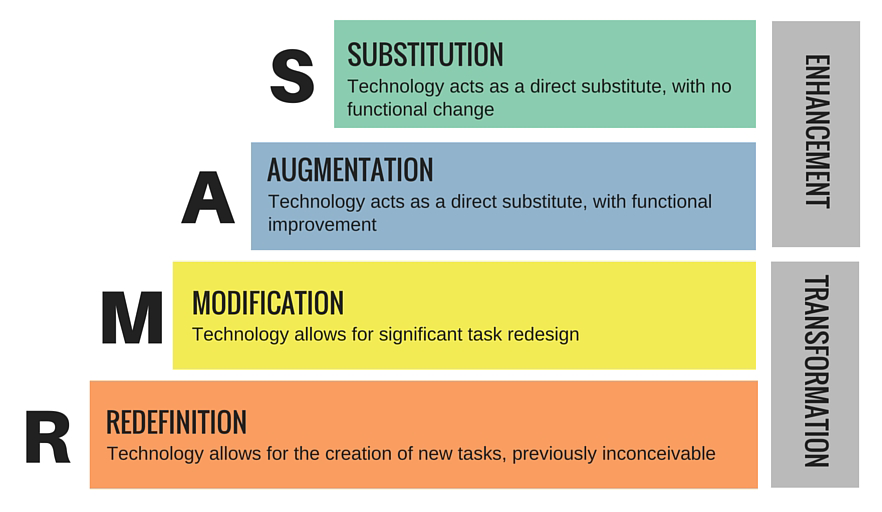
When teaching someone something, or setting our to autodidactically teach oneself, the first task is to evaluate how difficult it will be. That means estimating how big a transformation the learner will have to go through in order to achieve the learning outcome. That can be difficult if we don’t know the learner’s starting point. We can end up spending far too much time working out their initial capabilities. IT trainers have a way around this problem. First consider existing practices related to the new practice. Then consider how the new practice relates, or not. For example, UX design we introduced the concept of the “mental model” used by people to make sense of interfaces and workflows. If you are teaching an interface and workflow that is sufficiently analogous to an existing model in the mind of the learner, you can leverage that to make it easier. There might be small differences. So the key is to identify those small differences and make them memorable. In other cases there might be significant conceptual leaps that need to be made. Any similarity to existing models and interfaces can confuse the learner, leading to them misapplying existing knowledge. In pedagogic theory this is known as a “threshold concept” problem (Meyer and Land, 2003). A different approach is needed to teach this. The user has to learn new mental models.
IT Trainers often use the SAMR model to assess how big a challenge a learner is dealing with. This is more typically applied to new technologies, but works just as well when thinking about a learner seeking to adopt something that is new to them.
SAMR stands for:

Cases of substitution, where the user barely notices a difference, are rare. It might occur when the underlying technology platform has changed to make it more sustainable or reliable, but with no impact on interfaces and workflows.
Augmentation is not just more common, but in the world of Microsoft, an almost everyday experience. They are always adding extra “bells and whistles” into their software, allowing for ever more granular modifications. For example the ability in Microsoft Teams to give meeting management rights to more than one person. This makes sense within the existing mental model of the user, but does require some extra thinking through of consequences, and maybe a small change of behaviour. Within training, the main task is to show people that the new feature exists, and any additional steps that it requires.
Modification goes beyond just enhancement. This is where learners need to start aquiring fresh mental models, and it is important to make sure they are not misapplying old mental models. For example, many people have recently gone from collaborating on documents by sending them back and forth in email, to collaborating on a single document in the cloud. The latter approach enables synchronous editing within live conferencing. The normal sequence of review, edit, forward to next person no longer applies. Users have to coordinate their actions in new ways. They need to be prepared for this transformation.
Redefinition is the most radical transformation. Are you still editing documents together? That’s so last century. I work with people through the medium of live shared online whiteboards (MiroA collaborative online whiteboard application, free to use in Higher Education. Create whiteboards of almost unlimited size, add frames to organise content, share the whiteboard with anyone via a link, collaborate together live from anywhere in the world. Content that can be added includes: text, im... More), with multimedia content structured using many different templates. Collaboration is layered as a series of actions and comments. Forget everything you’ve learned about document based collaboration. Think differently.
This latter case is especially relevant – a lot of projects and organisations are moving to MiroA collaborative online whiteboard application, free to use in Higher Education. Create whiteboards of almost unlimited size, add frames to organise content, share the whiteboard with anyone via a link, collaborate together live from anywhere in the world. Content that can be added includes: text, im... More fast, without considering just how big a transformation it can be for some people, and how big a challenge. We need to make sure we have empathy for others and help them make the leap.

Leave a Reply